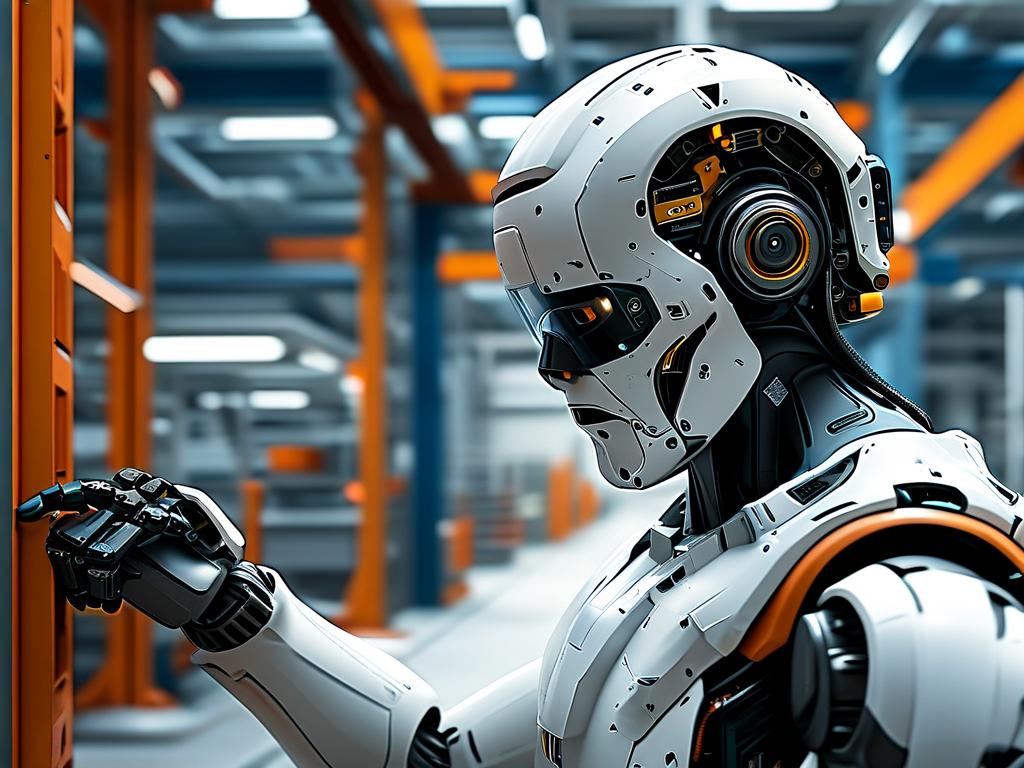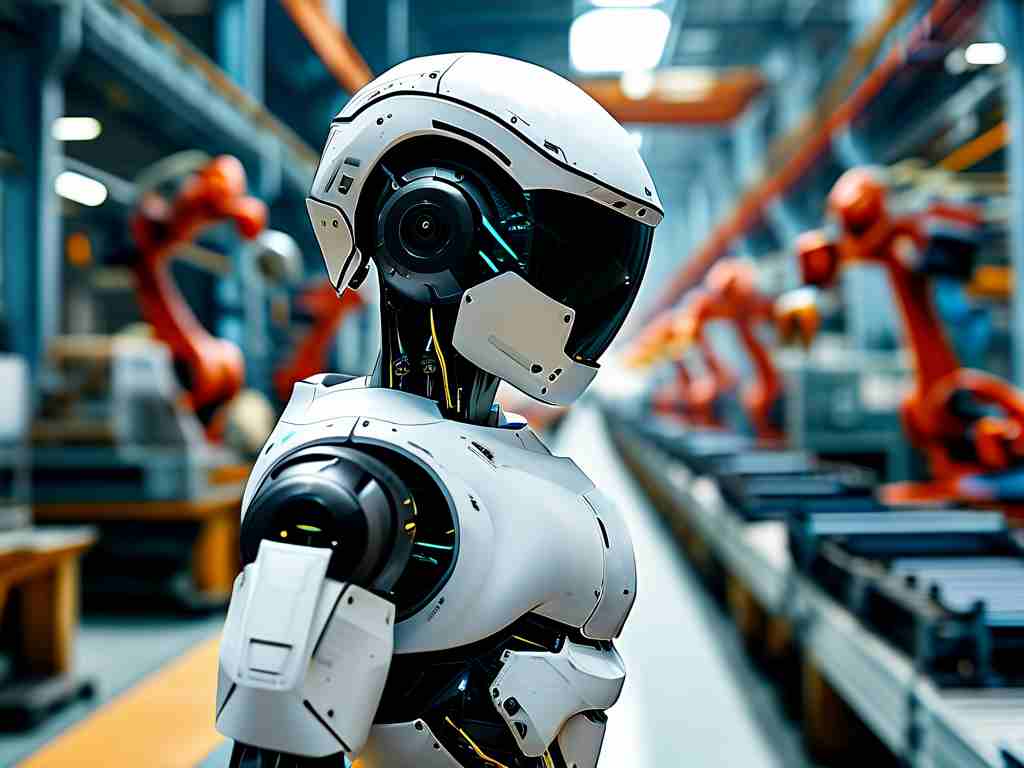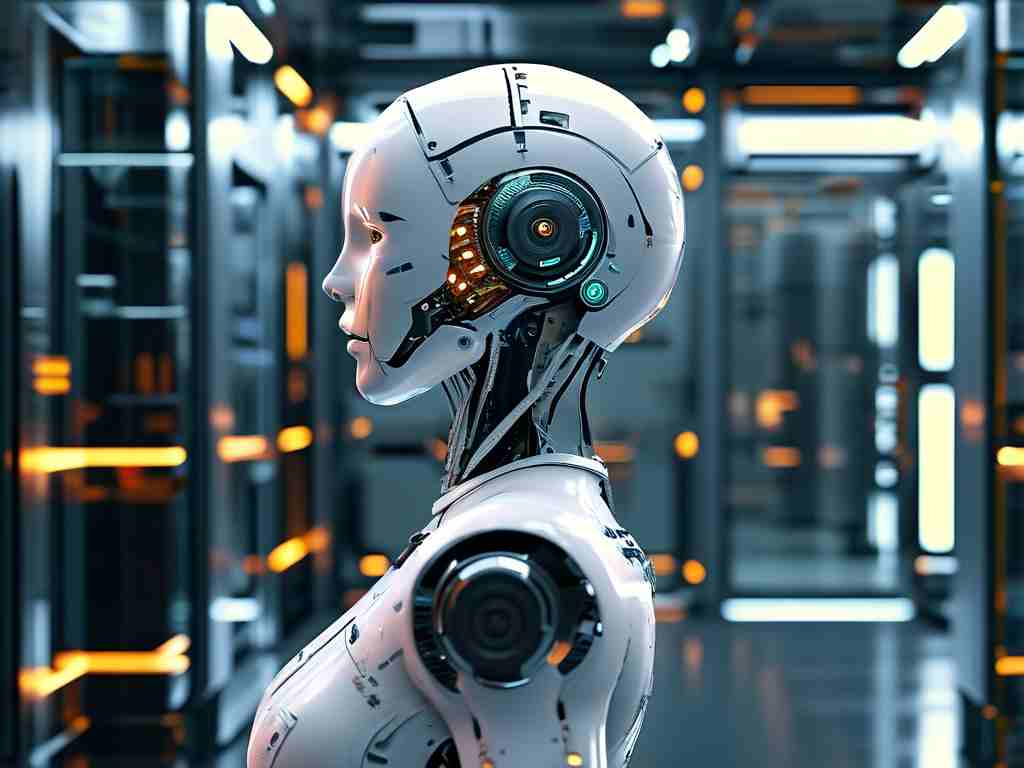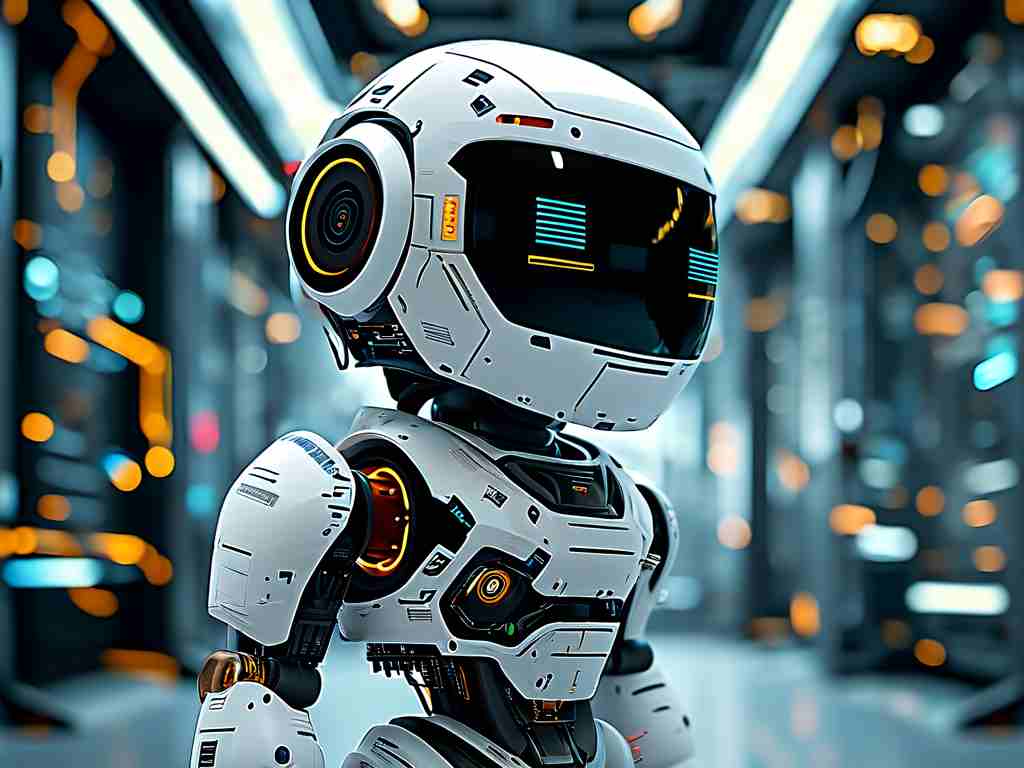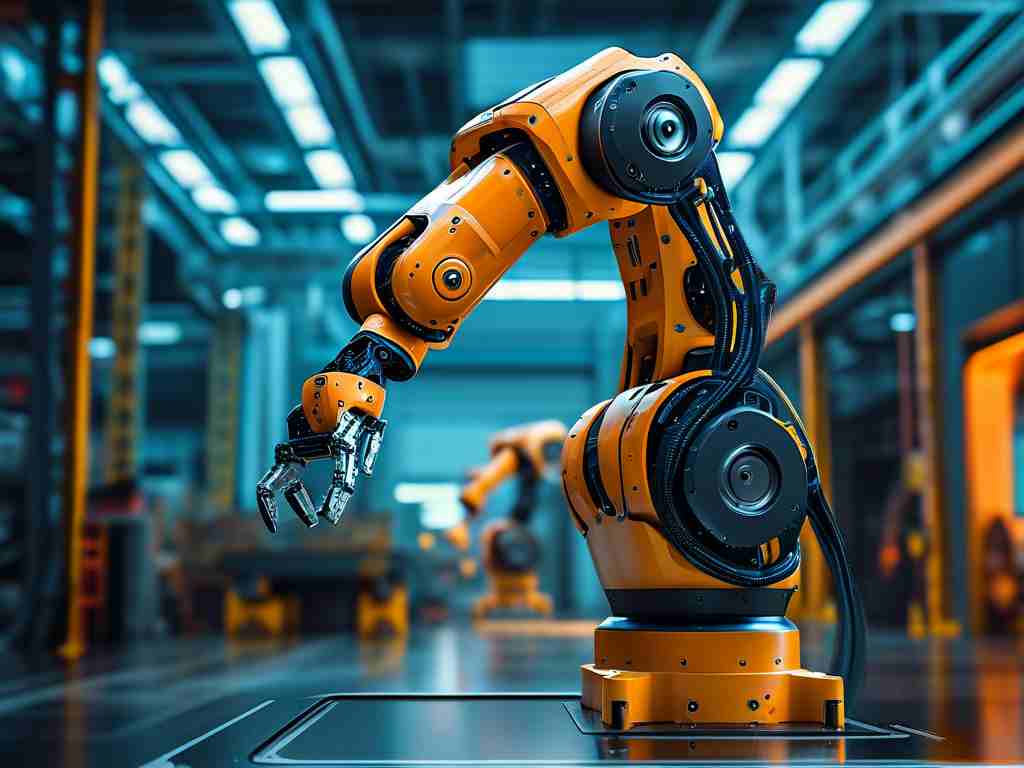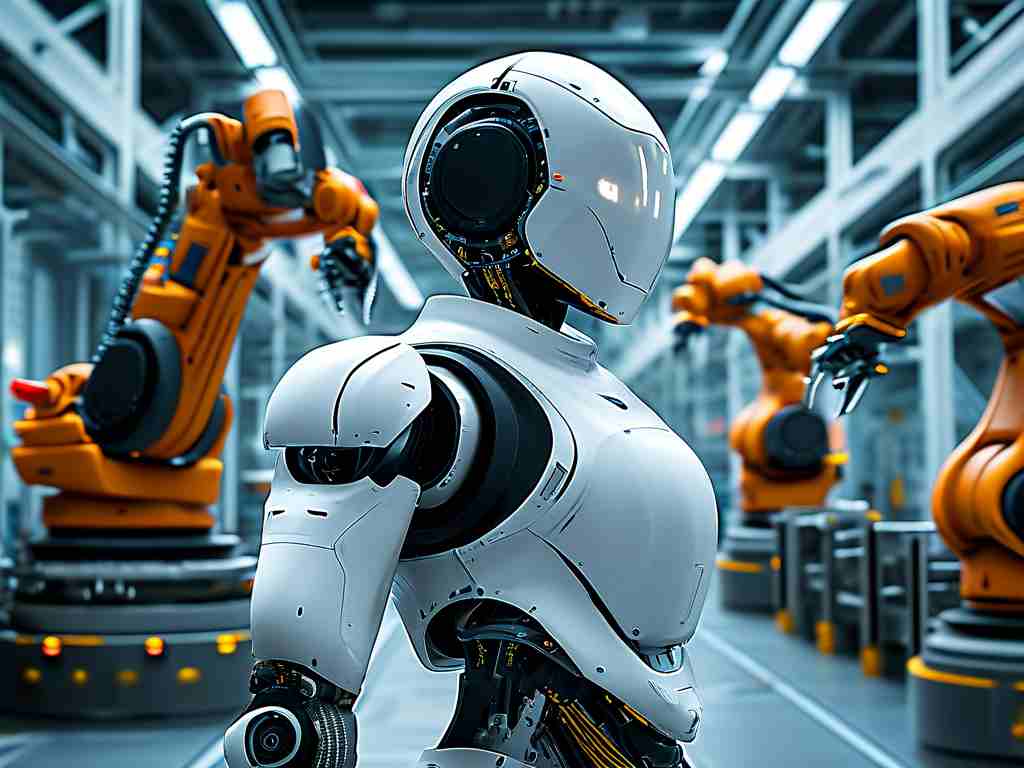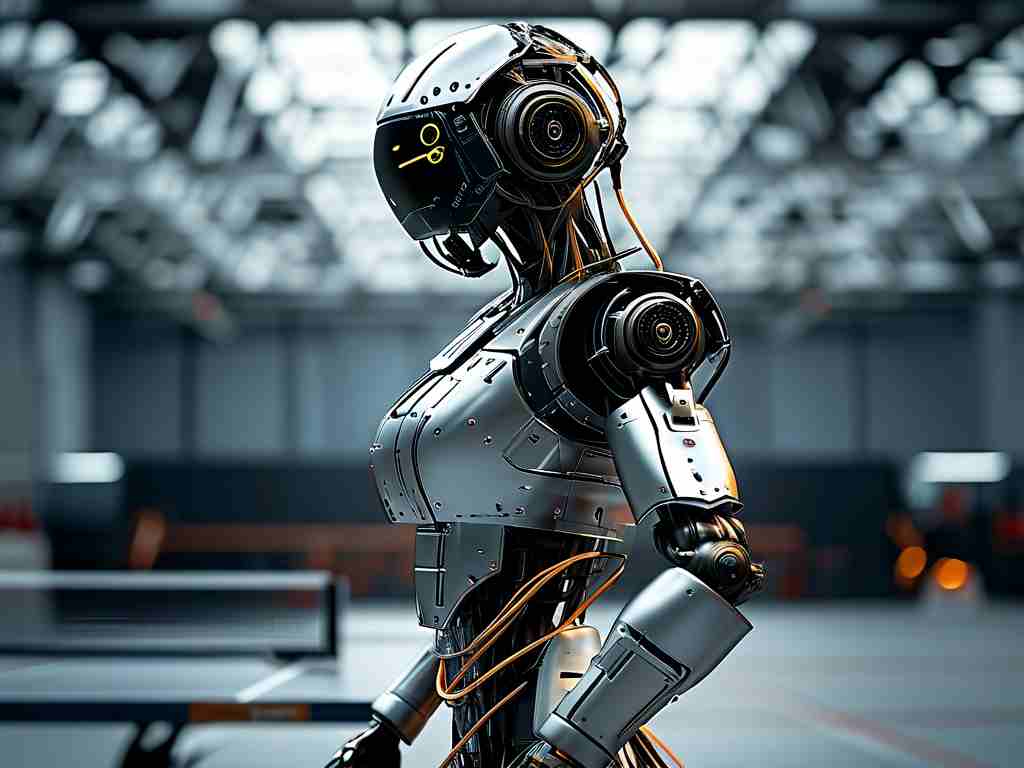The intersection of robotics and scientific advancement has reached unprecedented heights, with cutting-edge technologies redefining industries from healthcare to space exploration. At the core of this revolution lies advanced scientific robotics, a field merging artificial intelligence, precision engineering, and adaptive learning systems to create machines capable of solving complex real-world challenges.
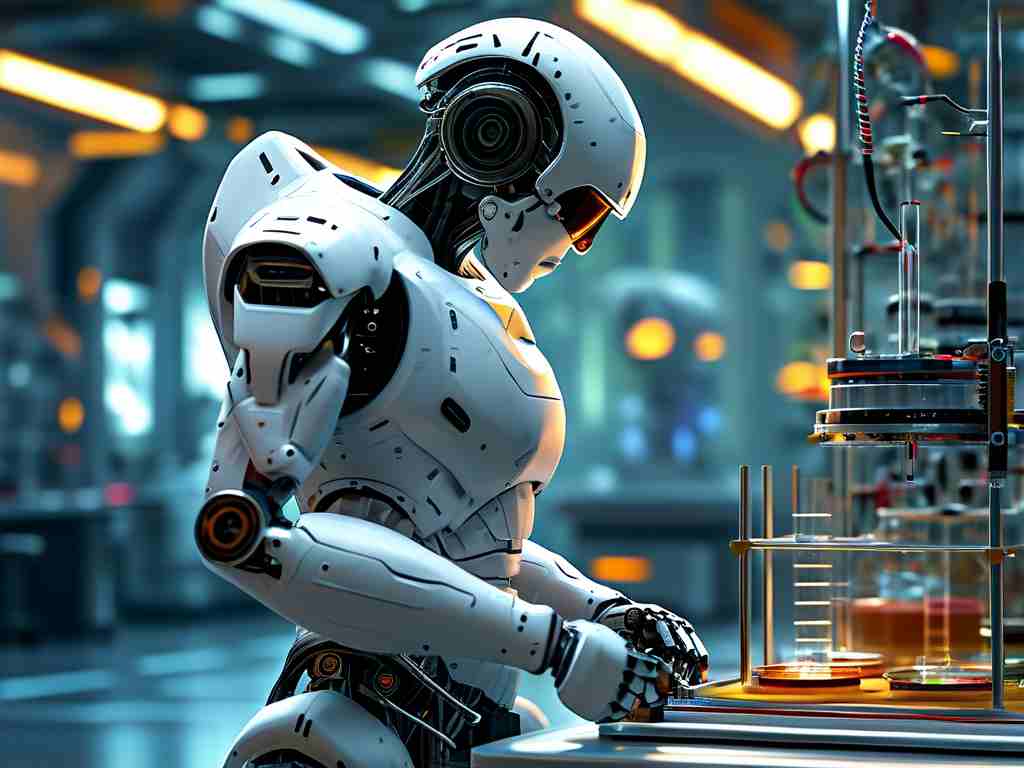
The Evolution of Autonomous Systems
Modern robotic systems now integrate neuromorphic computing, enabling them to mimic human cognitive processes. For instance, the latest generation of laboratory robots employs self-optimizing algorithms to conduct chemical experiments 300% faster than human researchers. These machines analyze variables in real time, adjusting experimental parameters without human intervention—a breakthrough accelerating drug discovery and materials science.
In manufacturing, collaborative robots (cobots) equipped with quantum-enhanced sensors achieve micron-level precision. Companies like Tesla and Siemens deploy these systems for error-free assembly of microelectronic components, reducing production waste by 42% compared to traditional methods. What sets these robots apart is their ability to "learn" from anomalies—when encountering unfamiliar defects, they instantaneously cross-reference global databases to identify solutions.
Breakthroughs in Medical Robotics
The healthcare sector witnesses transformative applications through surgical nanorobots. Researchers at MIT recently demonstrated a swarm of 10,000 microscopic robots capable of clearing arterial blockages with sub-millimeter accuracy. These devices utilize biohybrid propulsion systems, combining synthetic polymers with biological molecules for safe navigation through human vasculature.
Rehabilitation robotics also leaps forward with AI-driven exoskeletons. Devices like ReWalk X9 now interpret neural signals through non-invasive headbands, allowing paralyzed patients to walk by translating brain activity into mechanical motion. Clinical trials show 78% improvement in neuromuscular recovery rates when combined with adaptive physiotherapy protocols.
Space and Environmental Applications
NASA's Autonomous Mars Chemist program highlights robotics' role in extraterrestrial research. The Perseverance rover’s upgraded AI module autonomously selects rock samples based on spectral analysis, prioritizing specimens with high potential for preserving microbial fossils. This capability proved critical when the rover identified organic compounds in Jezero Crater’s delta formations—a discovery that would have required months of Earth-based analysis using earlier systems.
On Earth, ecological monitoring drones leverage swarm intelligence to combat deforestation. Deployed across the Amazon, these solar-powered units form self-organizing networks that detect illegal logging activity within 15 minutes of chain saw activation. Their multispectral cameras differentiate between authorized and unauthorized activities with 99.3% accuracy, transmitting encrypted alerts to enforcement agencies.
Ethical and Technical Challenges
Despite progress, advanced robotics faces hurdles. The "black box" problem in neural networks remains contentious—when a surgical robot makes a critical decision, clinicians demand explainable AI frameworks. Recent EU regulations now mandate real-time decision logs for medical devices, pushing developers to create transparent deep learning models without sacrificing performance.
Energy efficiency also poses challenges. While Boston Dynamics’ Atlas robot performs parkour maneuvers, its hydraulic system consumes 2.4 kW—equivalent to three household air conditioners. Researchers at ETH Zürich address this through biomimetic energy recycling, where kinetic energy from limb movements regenerates 35% of power consumption, mimicking human tendon efficiency.
The Road Ahead
Quantum computing promises to revolutionize robotics further. Early experiments with quantum neural networks show robots solving optimization problems 1,000x faster than classical systems. Lockheed Martin’s quantum-enabled drone fleet recently optimized wildfire containment paths in California, reducing containment time from 72 hours to 19 minutes during controlled tests.
As these technologies mature, interdisciplinary collaboration becomes vital. Roboticists now work alongside ethicists, biologists, and policy experts to ensure innovations align with societal needs. The 2028 IEEE Global Robotics Initiative outlines standards for cross-domain interoperability, enabling medical robots to share data with industrial systems securely—a step toward unified intelligent ecosystems.
In , advanced scientific robotics transcends mere automation, evolving into a symbiotic partnership between human ingenuity and machine precision. From repairing cellular structures to terraforming distant planets, these systems don’t just replicate human actions—they expand the boundaries of what’s scientifically achievable. As we stand on the brink of this technological renaissance, one truth becomes clear: the robots of tomorrow won’t replace humans; they’ll empower us to explore frontiers once deemed unreachable.


